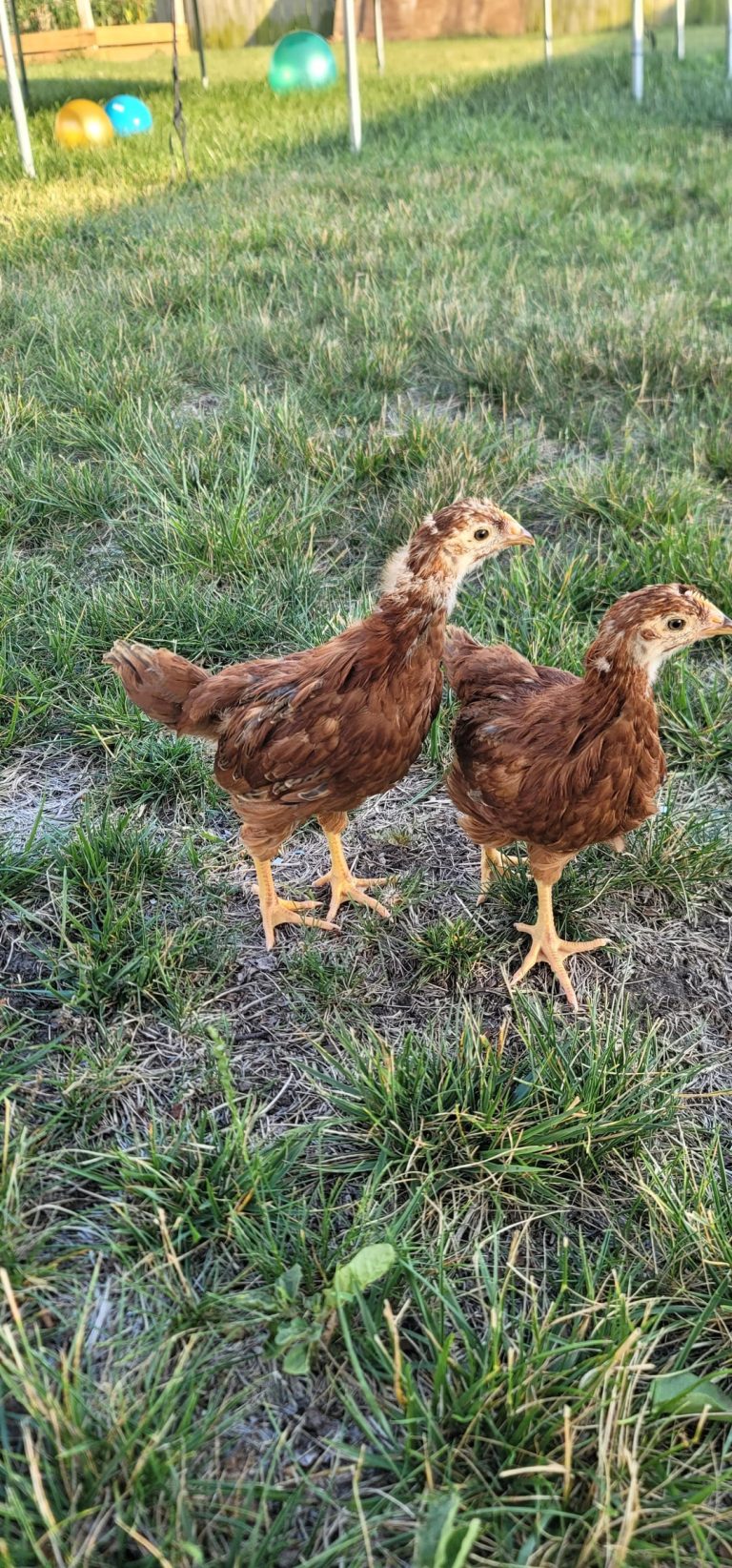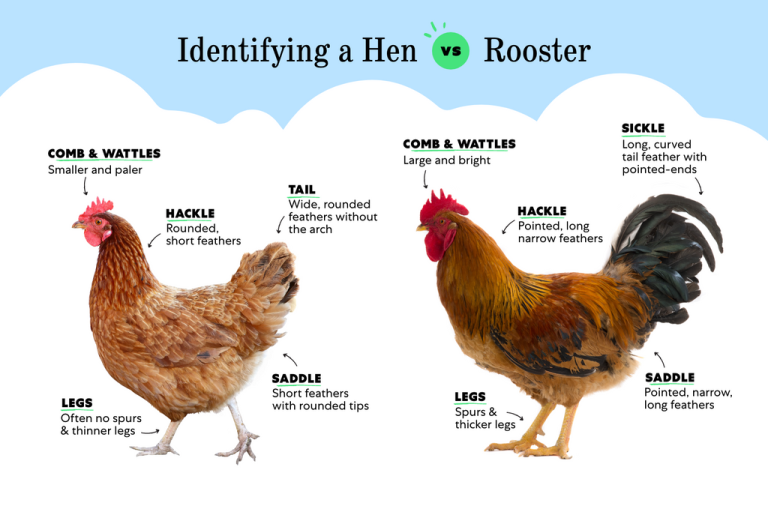How to Get Rid of a Rooster? (Expert Tips & Tricks)
To get rid of a rooster, consider relocating it to a farm or contacting a local animal rescue. You can also consult your neighbors to see if they want to adopt the bird.
Roosters can be charming but may become problematic due to their loud crowing and aggressive behavior. Many people find that keeping a rooster disrupts their peace, especially in residential areas. If you’ve decided that a rooster isn’t right for your home, several humane options exist to ensure its well-being.
The greatest option is frequent relocation, which gives the rooster an appropriate habitat in which to flourish. A seamless transition can be facilitated by locating a new owner or getting in touch with nearby shelters. You may preserve peace in your community and protect the rooster’s well-being by acting properly.
What Is Rooster Relocation?
Relocating a rooster can be necessary for many reasons. Roosters can be noisy and disturb neighbors. Sometimes, they may even fight with other birds. Relocation helps ensure a peaceful environment.
Legal and ethical considerations are vital. Some areas have strict laws about keeping roosters. Always check local regulations before relocation. It is important to find a safe and suitable place for the rooster.
Ethically, ensure that the new home is caring and appropriate. The rooster needs space and safety. Consider contacting local farms or rescue groups for help.
Identifying The Right Approach
Understanding a rooster’s behavior is key to managing it. Aggressive roosters can pose challenges. Look for signs like pecking, flapping, or loud crowing. These behaviors indicate stress or dominance.
Consider the rooster’s age and health. Young roosters may act out due to hormones. Older roosters might be less aggressive but could have health issues. Always check for signs of sickness or injury.
Evaluating these factors helps in deciding the best approach. Safe handling is crucial for both the rooster and the owner. Use calm and gentle techniques to manage the situation.
Non-lethal Methods
Rehoming a rooster can be a kind choice. Consider reaching out to local farms or backyard chicken owners. They may welcome a new rooster. Online groups can help too. Search for community pages or social media groups focused on chickens. Post about your rooster and ask for help.
Sanctuaries and rescues often accept roosters. They provide a safe place for birds. Research local animal sanctuaries that focus on poultry. Many organizations work to help unwanted birds find new homes. Be sure to contact them and ask about their policies.
Behavioral Adjustment Techniques
Training a rooster for quieter behavior requires patience and consistency. Start by using positive reinforcement. Reward the rooster with treats when it stays quiet. Gradually increase the time between rewards. This helps the rooster learn to be calm.
Integrating a rooster into a new flock can be challenging. Introduce the rooster slowly to reduce stress. Keep the new rooster in a separate area at first. Allow the flock to see and hear him without direct contact. After a few days, let them interact under supervision. Always watch for signs of aggression.
Using these techniques can help create a peaceful environment for everyone.
Lethal Options With Compassion

Credit: www.reddit.com
Humane euthanasia is a sensitive topic. It is important to approach it with care. Local regulations often guide these practices. Always check your area’s laws before proceeding.
Common methods for humane euthanasia include:
- Cervical dislocation: This method requires skill and should be done carefully.
- Injection of anesthetics: A veterinarian can administer this option safely.
- Gas euthanasia: This method uses carbon dioxide but requires proper equipment.
Consult with a veterinarian for the best option. They can provide guidance on humane practices. Understanding the local guidelines ensures compliance and respect for animal welfare.
Preventative Measures for Future
Choosing the right breeds can prevent problems with roosters. Some chicken breeds are quieter and less aggressive. Consider bantam breeds or layers like Leghorns. They often have fewer rooster issues.
Understanding the dynamics of roosters is vital. Roosters can be protective and assertive. They often establish a pecking order among hens. This behavior can lead to conflicts, especially in small spaces.
Look for breeds known for calmness and sociability. Research before purchasing to ensure a peaceful flock. Always consult local farmers or experts for their recommendations.
Weighing Your Options
Reflecting on the decision to get rid of a rooster is important. Think about the reasons behind this choice. Consider if the rooster causes noise or behavioral issues.
Ensuring a responsible outcome is crucial. Rehoming the rooster can be a good solution. Find a local farm or a caring neighbor who wants a rooster. Always prioritize the animal’s welfare during this process.
Another option is contacting a local animal shelter. They can provide advice or assistance. Making sure the rooster has a safe and happy home is the goal.
Final Talks of How to Get Rid of a Rooster?
Getting rid of a rooster can be challenging, but it’s manageable with the right approach. Assess your options carefully, whether rehoming or using deterrents. Always prioritize humane solutions. Remember, a peaceful environment benefits both you and your neighbors. Take action and enjoy a quieter, more serene backyard.
FAQs
The best remedy to quiet a rooster is to adjust its environment. First, keep the coop dark in the early morning. This is a way to delay crowing, but it does not completely cure the problem. Feeding food and water will distract it from crowing. Reduce external noises and threats. Finally, an alternative may be to use a no-crow collar, made in such a way as to lessen the volume of its crow. Each one of these steps will reduce the urge of the rooster to crow frequently.
Rehoming unwanted roosters is a good option. Check local farms, animal sanctuaries, or neighbors who might take them. Some people raise roosters for eggs, companionship, or pest control. If rehoming isn’t possible, look into local butchers or consider humane culling if allowed in your area. Another idea is contacting bird rescue organizations; they sometimes accept roosters and can help find them a new home.
In addition, putting a dark cloth on the coop will keep the rooster in the dark and delay his crowing in the mornings. Sometimes, you can simply keep him busy with treats or other toys so he will not get bored. You can also reduce his portions at night so that he doesn’t crow at the break of dawn for his breakfast. Lastly, you can soundproof his coop so that whatever noise he makes is muffled.
Approach an aggressive rooster with a firm manner but in a quiet tone of voice. Advance slowly but confidently; don’t act threateningly. Avoid eye contact-the rooster sees that as very confrontational. Carry a stick or shield and use it to open up space if necessary. Reward calm behavior with treats, building trust with time. Minimize aggression consistently and patiently to promote better behaviors.







